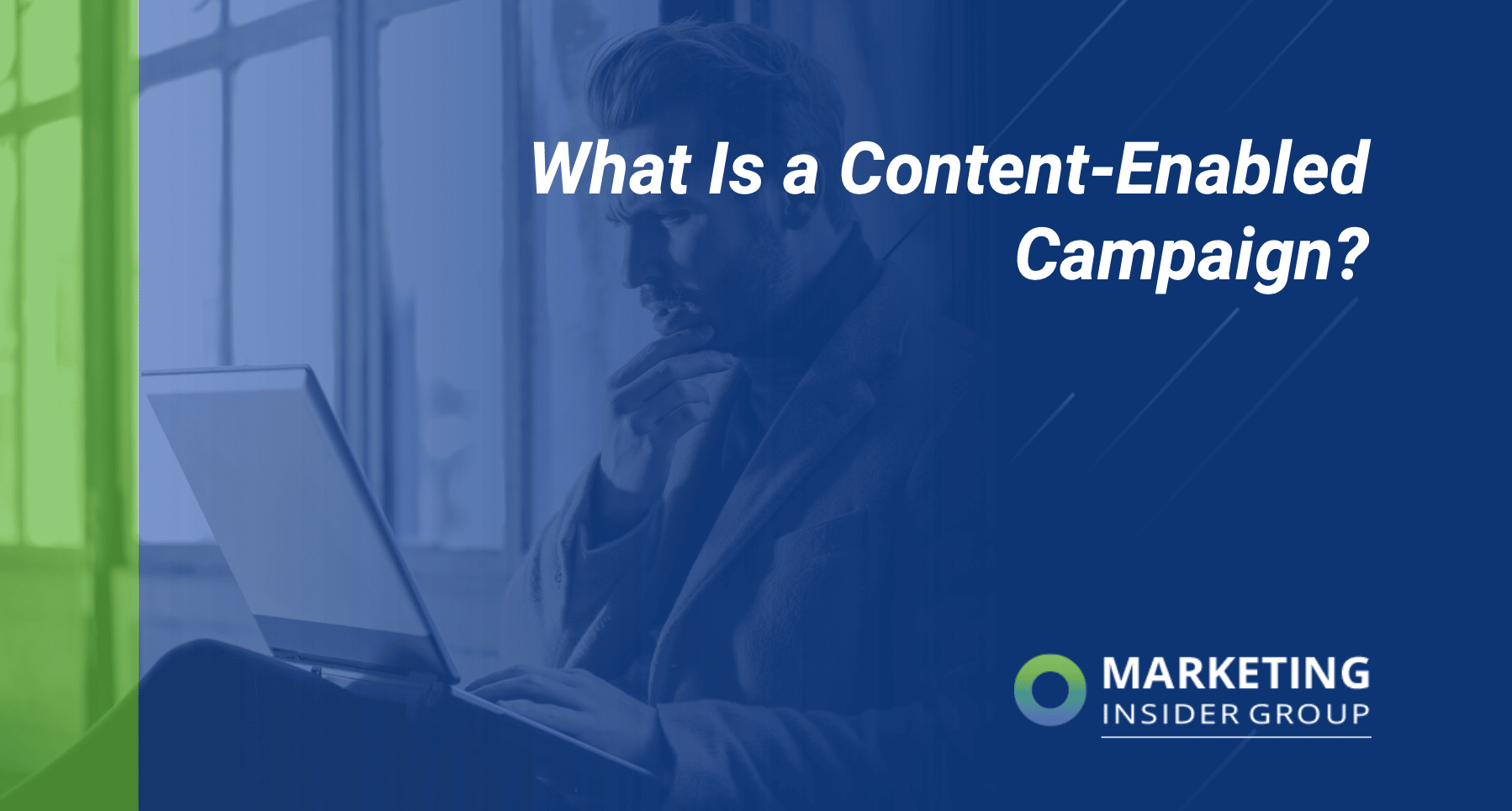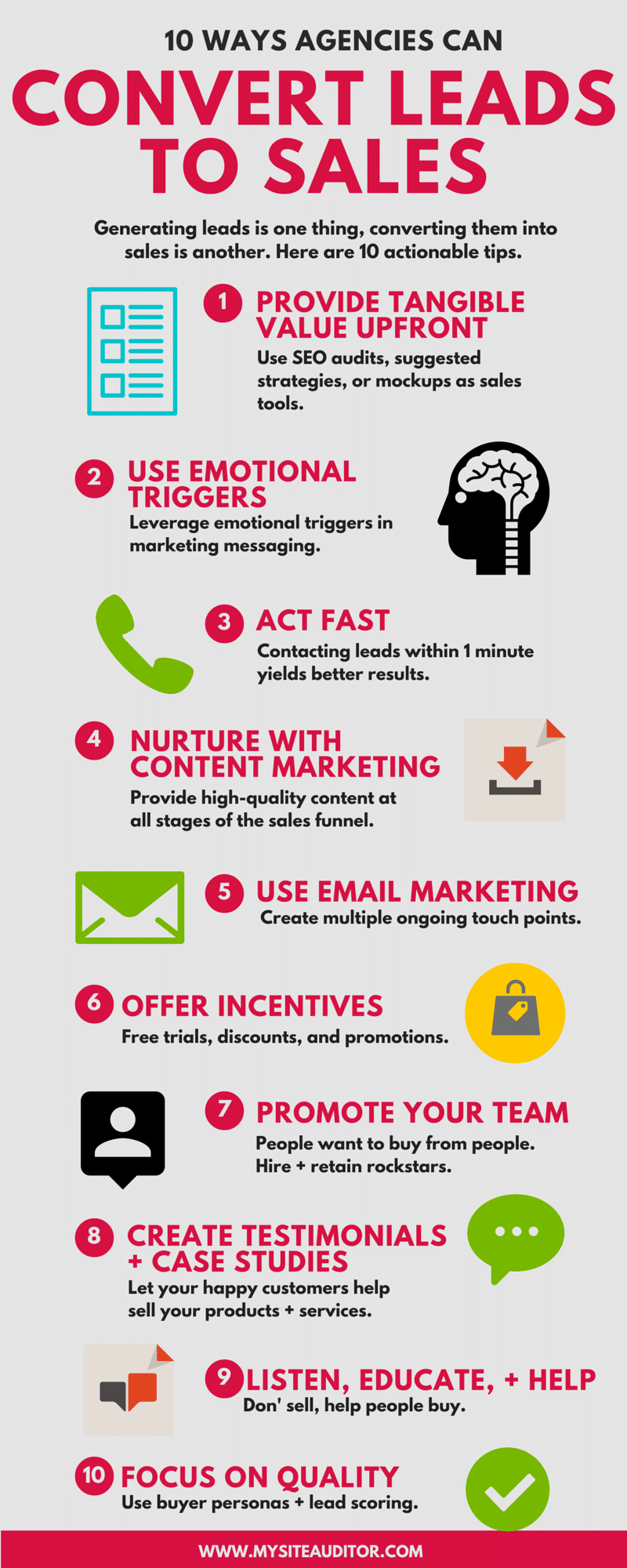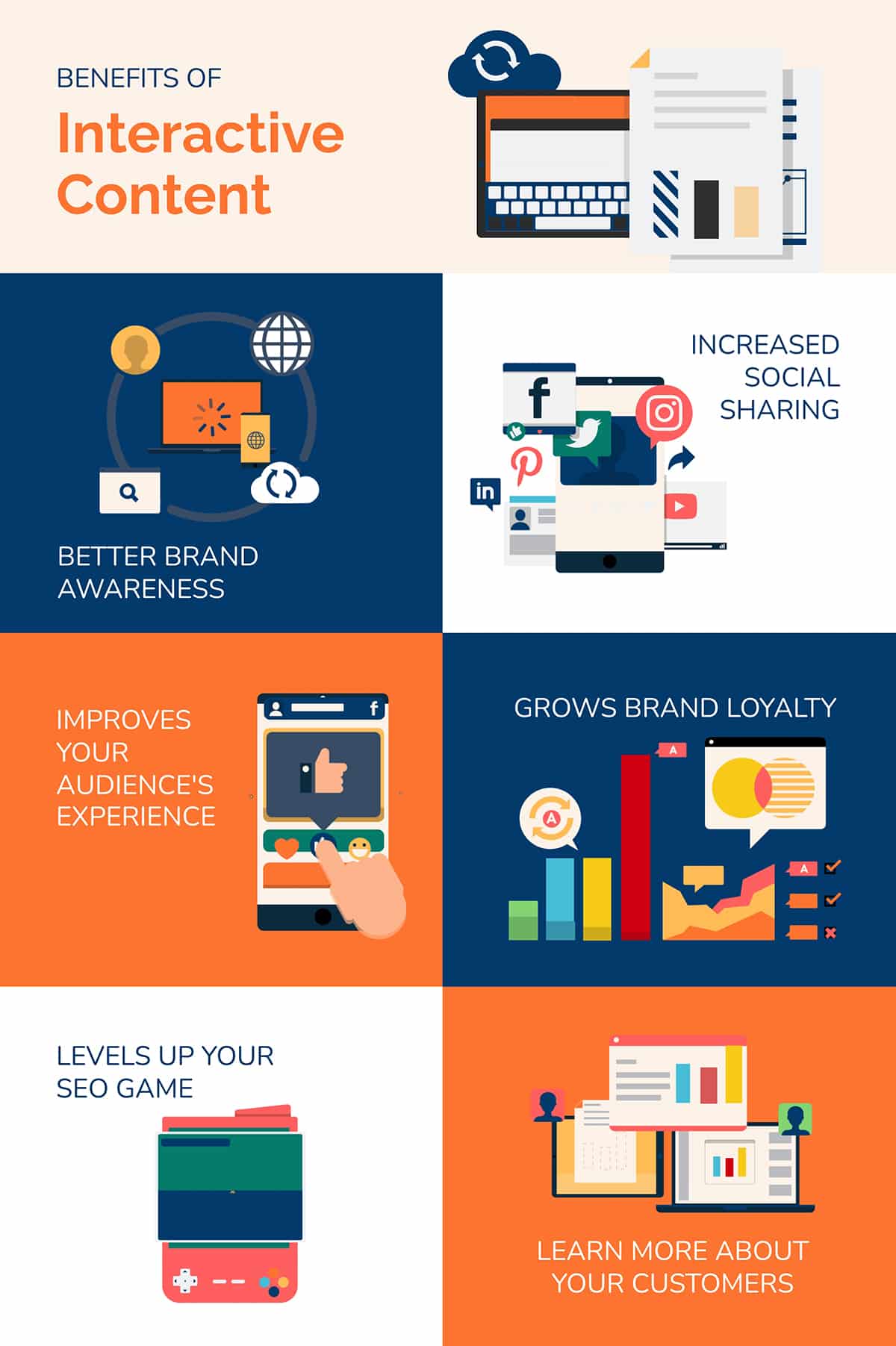
What Is a Content-Enabled Campaign?
Ever heard of a content-enabled campaign?
Content-enabled campaigns refer to a series of strategies that align content and demand generation in order to create a dialogue with your audience. They help deliver content based on buyer needs and interests that encourage progression through the funnel, all while gathering better data to score, nurture, and qualify leads.
Translation: They bridge the gap between the marketing and sales departments so that content and campaigns actually bring in marketing qualified leads (MQLs) who are ready to buy.
And guess what? Content-enabled campaigns work. Data from an upcoming Demand Gen Report has found that 34% of marketers say they’re seeing better lead quality and a higher number of sales accepted leads. Pretty interesting, right?
Content-enabled campaigns are crucial when it comes to bridging the difficult gap between marketing and sales goals, and increasing efficiency for leads.
In this post, we’ll explore how and why to create content-enabled campaigns. Let’s get started.
Content-Enabled Campaigns: Transforming Leads
Ask any demand gen and content marketing team what one of their major struggles is, and they’ll likely tell you: “We want to transform our demand gen and content marketing strategy to scale MQLs who are both in our target category and ready to buy now.”
In other words, both teams want to get better at attracting target audience members who are engaged with the content and are ready (or are at least pretty close to being ready) to buy. We call these leads Super MQLs and they are extra important because they make the sales team more efficient and effective.
Often, sales teams waste a lot of time sifting through poorly qualified leads to figure out which ones are actually an appropriate fit and ready to buy. Being able to remove the step that filters the leads, you end up saving a massive amount of time.
Data echoes this sentiment: According to MarketingSherpa, 61% of B2B marketers send all leads directly to sales, while only 27% of those leads will actually be qualified.
When the demand generation and content teams can hand over more highly qualified leads (even if there are less of them), the sales conversion rate jumps. However, in order for this to happen, you can’t just keep putting out the same old content and campaigns.
Content for sales enablement does something non-traditional. It creates a conversation, it resonates, it engages, and it creates a visual, dynamic experience. So next, let’s talk about how that actually works via content-enabled campaigns.
But first, check out this infographic on converting leads to sales:
Conversation and Experience
To create a content-enabled campaign, you have to begin by creating a two-way dialogue with your audience. From there, you can turn that conversation into an experience.
But it can’t be just any conversation. You have to think deeply about the target audience’s wants, fears, and needs, and what questions and concerns are rolling around in their minds. They need to feel like someone “gets” them before they become more apt to buy. Make sure the dialogue you create pivots on the value you’re going to provide, too.
This dialogue also needs to accomplish specific goals on your end of things, too. Ask yourself:
- What major pain points can we tease out and then present a solution for?
- What questions do we need to ask to better qualify leads?
- What lead information do we need to ask for?
The goal is: Ensure that the content is creating a two-way conversation – not a one-way information dump. You should be providing value and creating an opportunity for engagement on the audience side, and creating an opportunity to better qualify leads on your side.
But how exactly do you do that?
Sometimes, adding an interactive element is a way to begin the conversation. Interactive content such as an assessment, quiz, poll, or calculator allows the user to input his or her unique data and get a personalized response from the content itself.
The result: Engagement and an experience-based conversation with the user.
Think about it: Anyone can put out a static blog post, whitepaper, or eBook – but it’s not an engaging experience.
Best case scenario: You’ll get a name and an email address from someone who downloads a piece of content on your site. But that’s not a highly qualified lead – that’s just a lead. You know very little about who this person is, what their pain points are, and whether or not they’re a good fit to hand off to your sales team. All you know is that they downloaded a piece of content on your site.
The fix: Better lead scoring and sending the right leads to sales at the right time is born from content-enabled campaigns and leveraging experience-based material. Do you need to radically transform your process? No. But you do need to layer in better qualifying content strategically throughout a campaign.
Anyone can put out a static whitepaper or eBook – but it’s not an engaging enough experience anymore.
Why Experiences Work for Content-Enabled Campaigns
Maybe at this point you’re wondering, “Why experiences? Why do these work so well for this type of campaign?”
Experiences are effective because they go beyond the standard whitepaper or static eBook, beyond the ubiquitous PDF, and strive to create something engaging for the audience that touches on what the audience actually wants.
At the same time, they help better qualify leads for your sales team. That’s a win-win.
The experience is:
- Visual, interesting, and dynamic
- Encourages input from viewers
- Provides value worth engaging with
- Connects deeply, resonates
From here, you can expand those experiences through the funnel from top to bottom to create a “cool thing” that also delivers engagement and translates into sales.
By creating content-enabled campaigns instead of content and then campaigns, you’re constantly striving to create more synergy between content marketing, demand generation, and sales.
Using different types of content-enabled campaigns advances leads from the early stage (awareness), to the middle stage (consideration), finally to the late stage (decision) where they’re ready to buy – thus creating more Super MQLs for the sales team as seen in the example below.
Content-Enabled Campaigns: Bridging the Gap
All marketing teams have big goals and high demands. And now, there’s a mandate to produce more, always more. More awareness. More traffic. More leads.
But that model can harm the effectiveness of content, demand gen, marketing, and sales teams. Taking a strategic step back for a wider view to hone in on quality and effectiveness can bridge the divisions among your teams.
Many sales and content marketing teams come together and have good intentions about better qualifying leads – but then they go back to their desks and fall back into their normal, daily routines out of habit. As time passes, the old tactics find their way back into place, and again, time gets wasted as those junk leads eventually find their way back into the sales funnel.

However, with content-enabled campaigns, both teams can help each other more effectively lead score through content and campaigns that are conversational, engaging, and packed with value for both the user and the business. Pushing boundaries by exploring new content formats and creative tools can be accelerator for getting your team on the right track.
Let’s recap what the content-enabled campaign is one more time:
- A series of strategies to align content and demand generation with sales
- Creates a dialogue and experience with your audience
- Provides value and insight to both parties
- Sharpens focus on prospects who are the right fit and ready to buy
In short: This format is taking the Progressive out of Progressive Profiling putting the “Q” back in MQL.
If you are ready to get your own awesome content on your site, check out our Content Builder Service. Set up a quick consultation, and I’ll send you a free PDF version of my books. Get started today–and generate more traffic and leads for your business.







